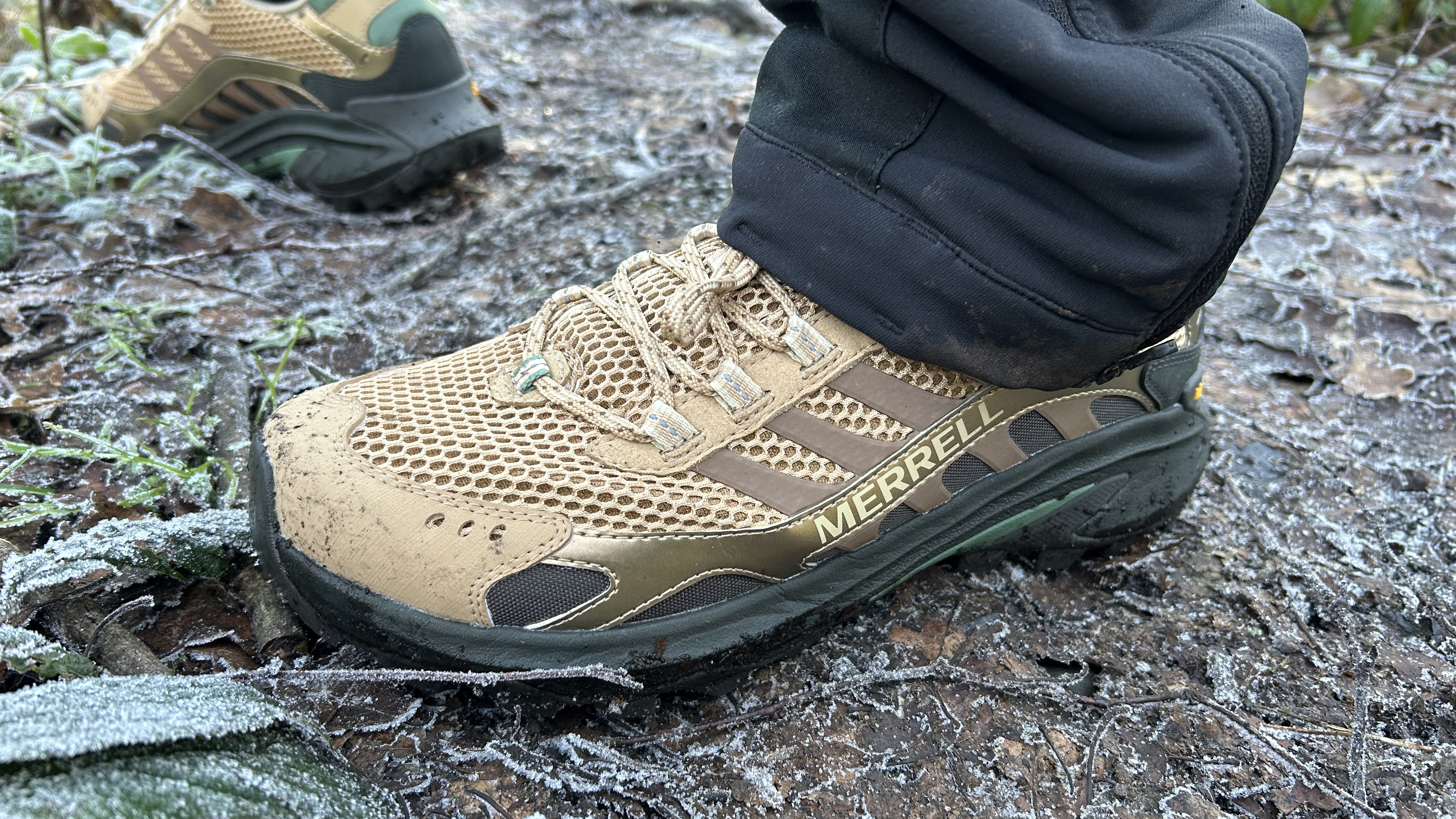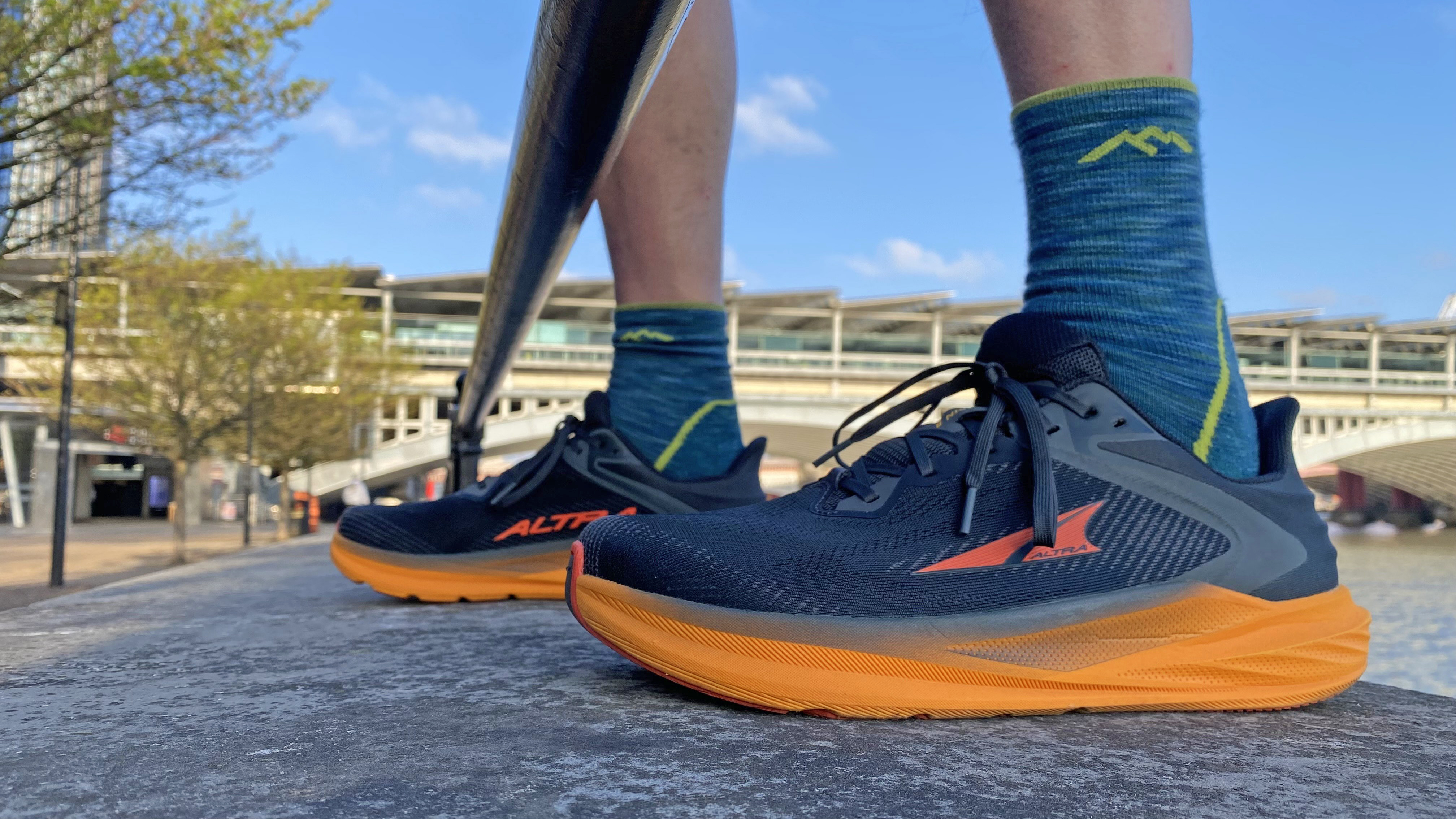Advnture Verdict
This shoe sits somewhere between a trail runner and a hiker, borrowing features from both. It's decent as a comfortable shoe for speedy hikes and casual walks in dry weather, or as a trainer for wearing around town. It’s too heavy, cushioned and bulky to be truly effective as a trail running shoe, while the outsole isn’t grippy enough for hiking in boggy or mountainous terrain and there’s no Gore-Tex to keep the drink out. One for easy trails during the long, warm days of summer, then.
Pros
- +
Recycled materials
- +
Comfortable and cushioned ride
- +
Tried and true design
- +
Highly breathable
- +
Decent levels of protection
- +
Vegan-friendly
Cons
- -
Outsole isn’t the grippiest
- -
Lugs collect mud
- -
Heavy for a trail running shoe
- -
No waterproofing
You can trust Advnture
Recent updates
March 4, 2025: Since this review was originally published on February 11, 2025, Merrell has informed us that the Moab Speed Vent 2K SE is designed primarily as a shoe for the city rather than the trail. Although it is currently listed in the hiking and walking section on Merrell's website, it forms part of the brand's lifestyle collection rather than its dedicated technical hiking and trail running collections.
Merrell’s ever-popular Moab series is an institution in itself. Said to be the world’s best-selling hiking boot, the series has sold something in the region of 25 million pairs worldwide since it debuted over 15 years ago.
These days the Moab comes in many shapes and sizes, with multiple spin offs among the brand's boots, hiking shoes and even its trail running shoes. I’m surprised that the brand haven’t yet unveiled a Moab hiking sandal, though its Choprock Sieve bares some similarities.
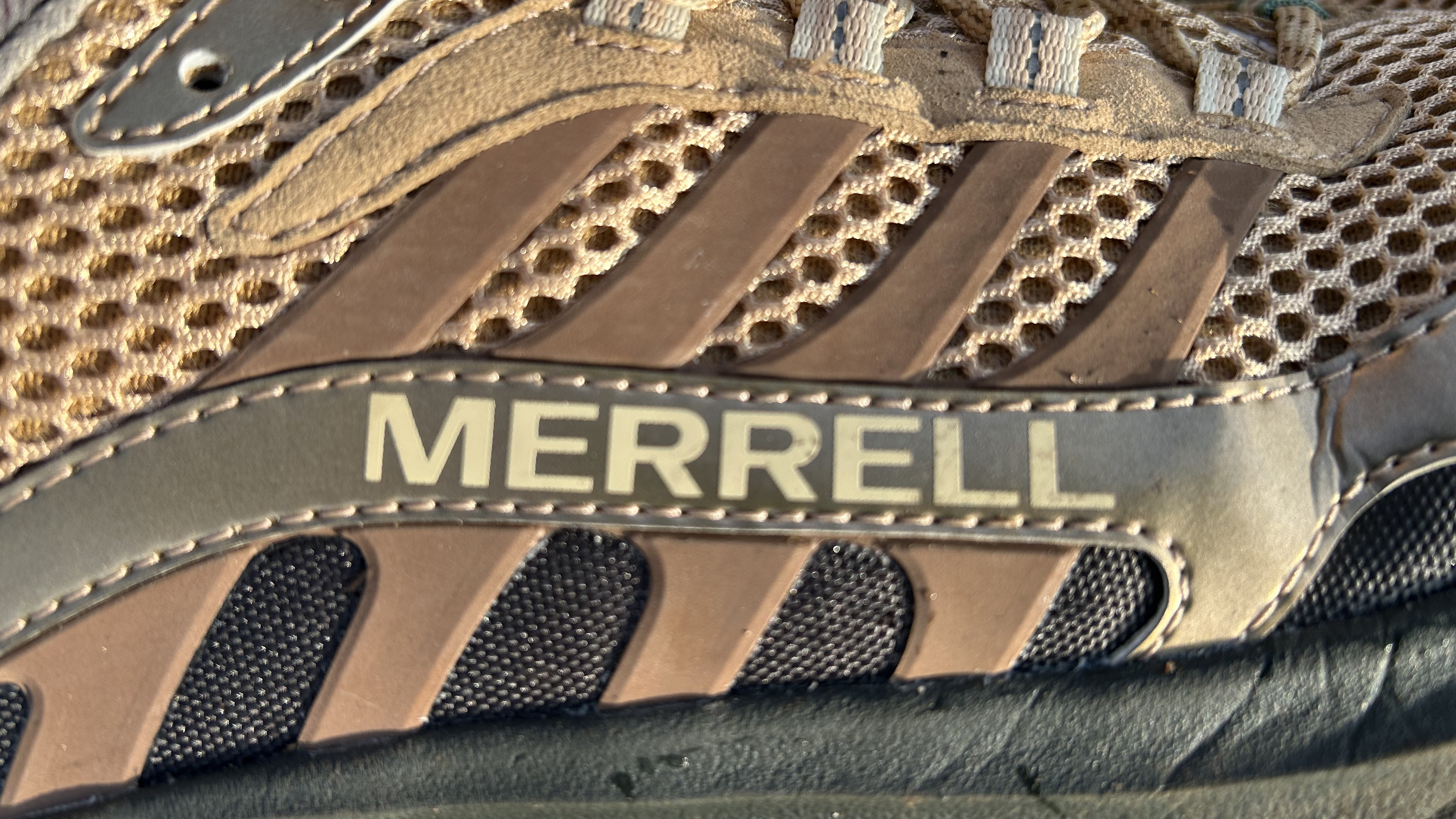
The Moab Speed 2 Vent 2K 1TRL is at the lightweight end of the Moab spectrum and, depending on where you look, is classified as both a fast-hiking shoe and a trail running shoe. There are contradictions even on Merrell’s own website, with the shoe described as both “the latest innovation in hiking” and as “a lightweight vegan-friendly trail runner”. At 352g, they’re not lightweight at all (for a trail runner) – certainly more akin to a hiking shoe. It seemed that I had my work cut out to get to the bottom of just what exactly these shoes are for…
First impressions
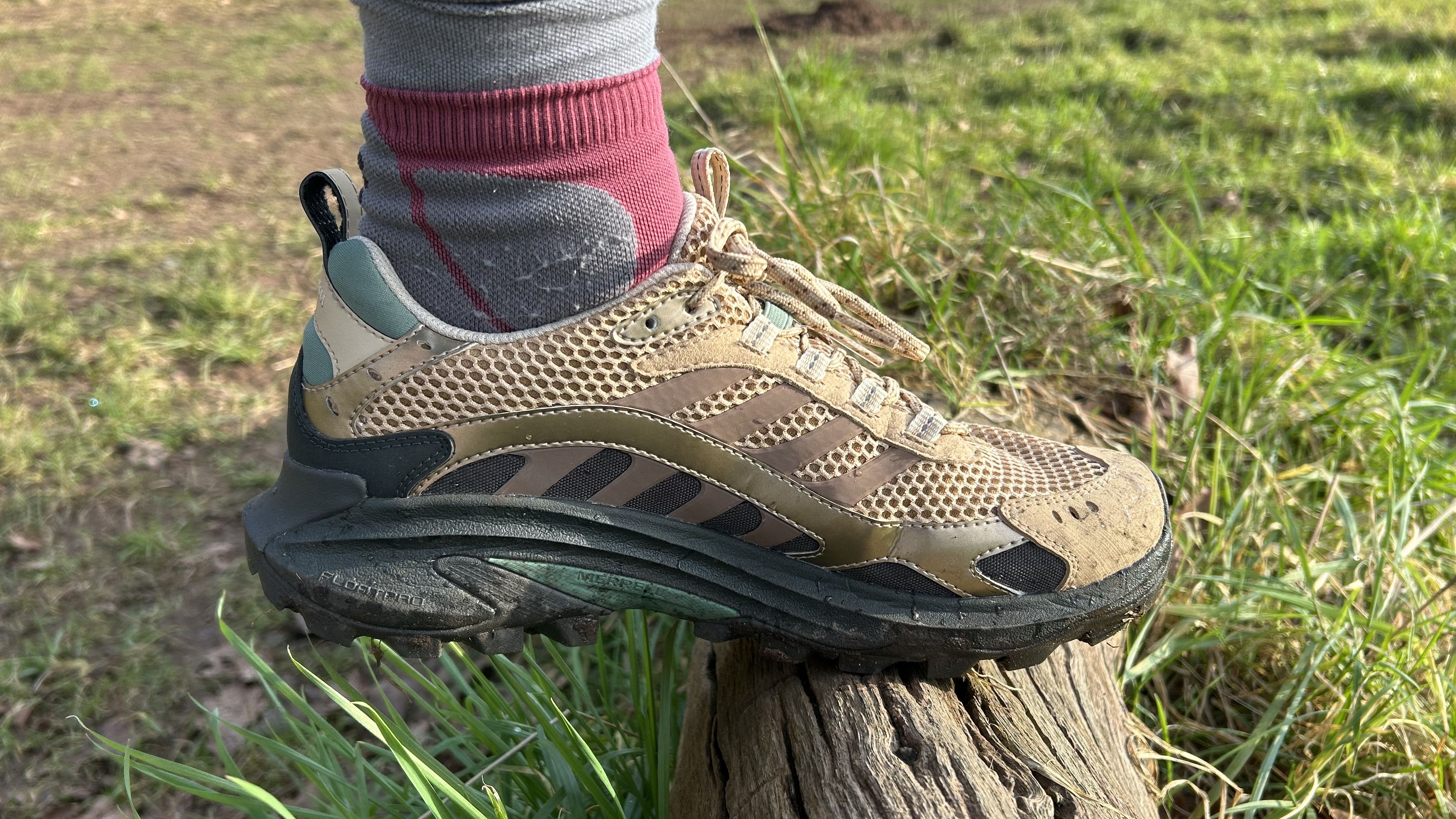
List price: $140 (US) / £115 (UK)
Weight (per shoe): 352g / 12.4oz
Drop: 10mm (at least)
Materials: Breathable mesh, synthetic and TPU upper, Vibram TC5+ rubber outsole, PU footbed
Colors: Charcoal, Bracken, Aluminum, Black, Chalk, Dijon, Tan (men’s)
Compatibility: Fast and light hiking
When I opened up the box and revealed the Speed 2 Vents for the first time, my immediate impression was that they bore more resemblance to a hiking shoe than a trail shoe. They’re certainly bulkier than something like Merrell’s Agility Peak 5 trail running shoes, which we rated very highly back in September 2023. At the same time, they're hardly as robust looking as many of Merrell's other hiking options.
With its chunky, protective outsole, toe box reinforcement and ample cushioning, the Speed 2 Vent suggests comfort rather than blistering speed. If the Agility Peak 5 is a Camaro, then the Speed 2 Vent puts me more in mind of a Jeep. It looks like it’d be capable on rough terrain and be relatively nifty too. Aesthetically, the hexagonal mesh really stands out, promising breathability and functionality. It’s a shoe that looks at home both on the streets and the trails but lacks some of the pub-ready classiness of footwear featuring Italian leather or similar.
Features
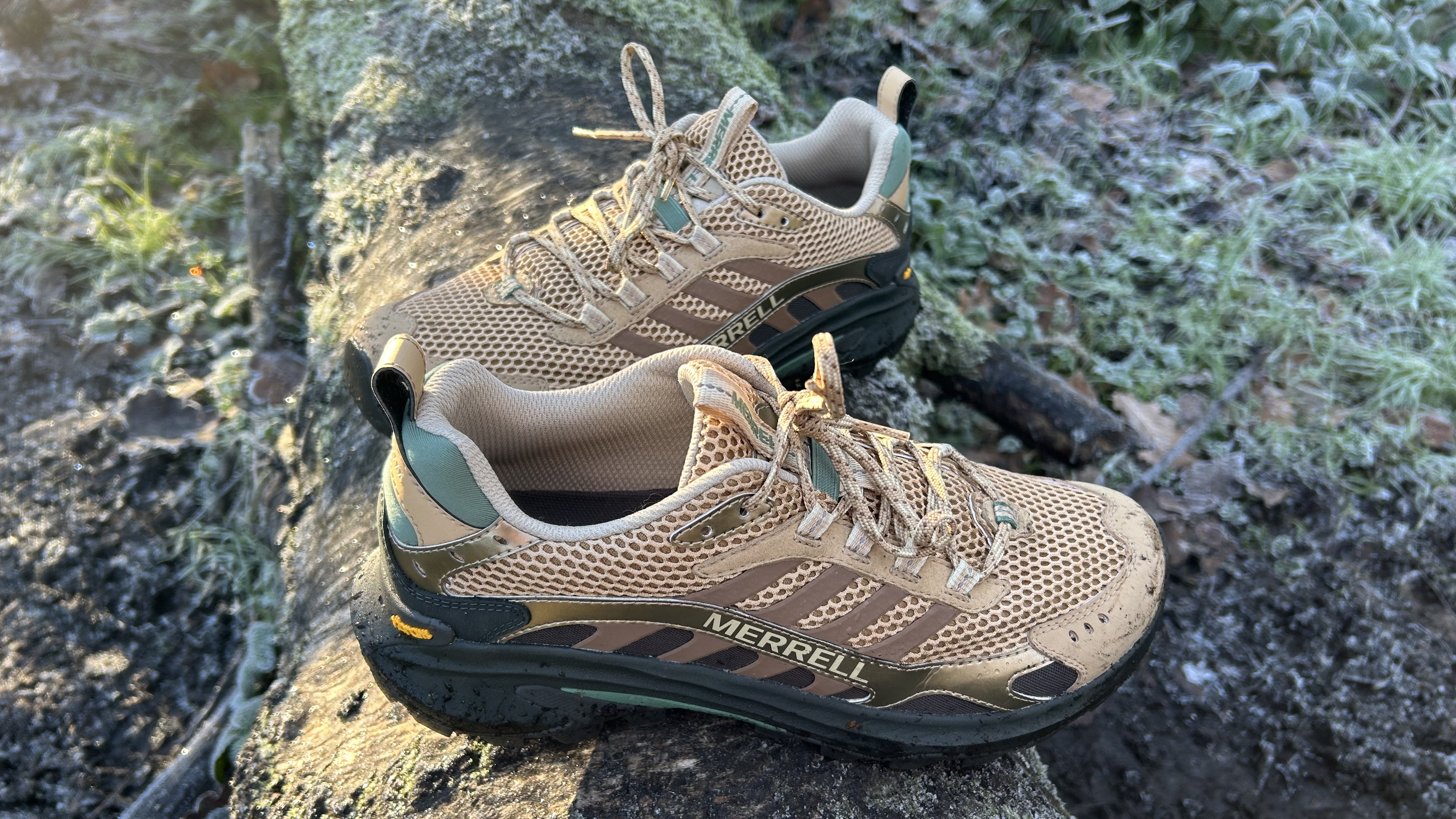
The synthetic materials used in the Speed 2 Vent make it a vegan-friendly option, while the mesh lining, laces, webbing and footbed cover are 100% recycled. Bravo! Breathability is the key here, it’s a shoe designed for dynamic activities and warm weather hiking.
There’s plenty of protection too. Hidden between the midsole and the outsole is a rock plate to shield against sharp objects underfoot, while there’s rubber reinforcement at both the heel and the toes. Again, this level of protection is more akin to a hiking shoe than a trail running shoe, though it’s not too dissimilar to some forms of mountain running footwear, such as the Salomon Speedcross 6. Nevertheless, the Speed 2 Vent is around 100g heavier per pair than something like the Speedcross.
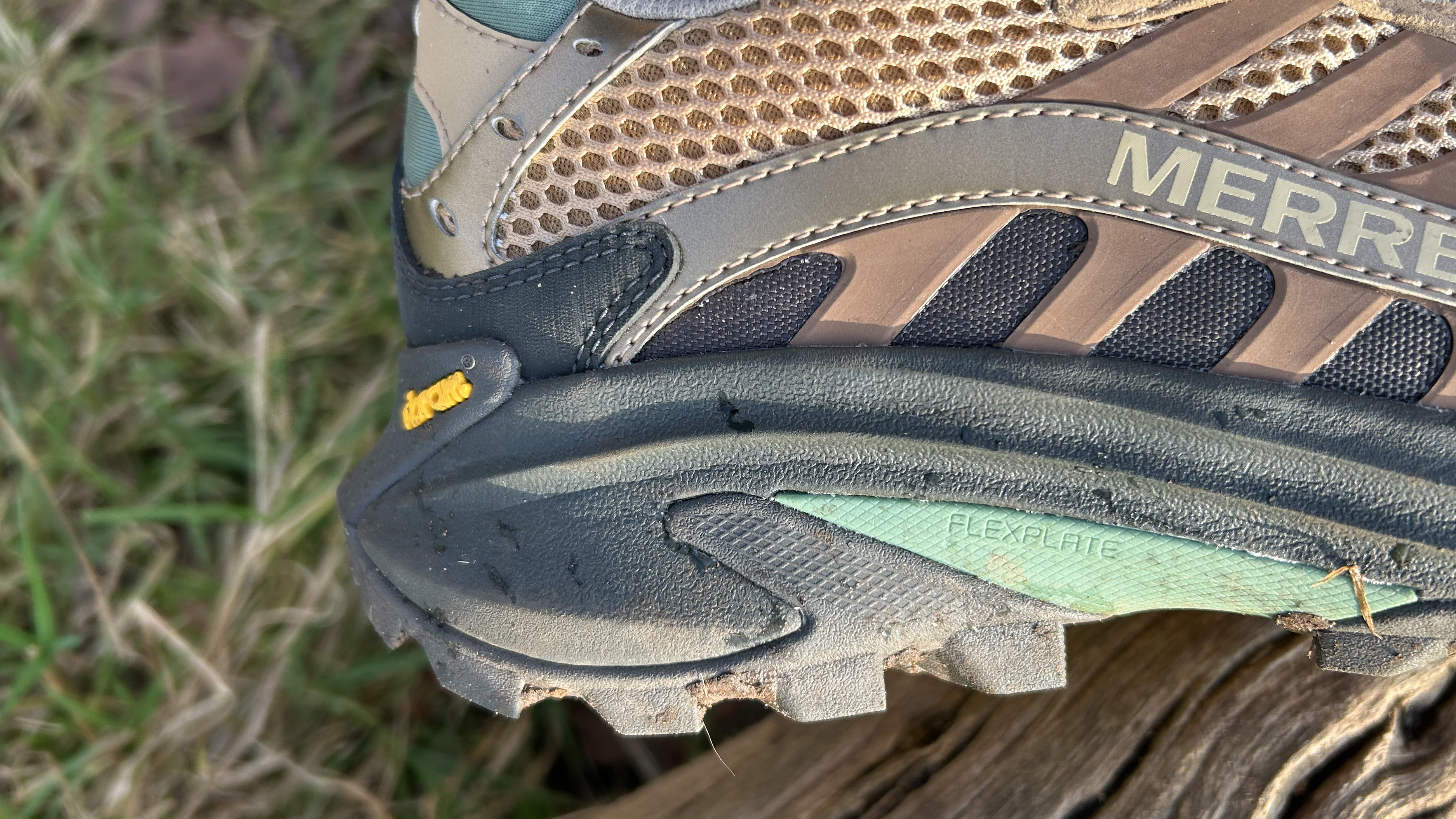
Barefoot runners and hikers beware, the drop is substantial – at least 10mm. This makes it more suited to heel strikers and you can expect little by way of trail feel thanks to the ample amount of cushioning. Instead, what you get is a comfortable ride – the FloatPro midsole providing a nice amount of lightweight spring.
The Vibram TC5+ outsole features bean-shaped 3.7mm lugs through the center and trapezoid lugs around the edges. They’re admittedly not the most aggressive looking lineup – the same sole features in the Speed 2 Mid Gore-Tex hiking boot that I reviewed earlier in 2024. On the boot version, I found that the grip was found wanting on muddy terrain and the same was true here. This is even more of an issue where fast hiking or even running are concerned. Speed and the forces involved when exploring boggy environments demand lugs that will hold firm. The TC5+ simply doesn’t provide this.
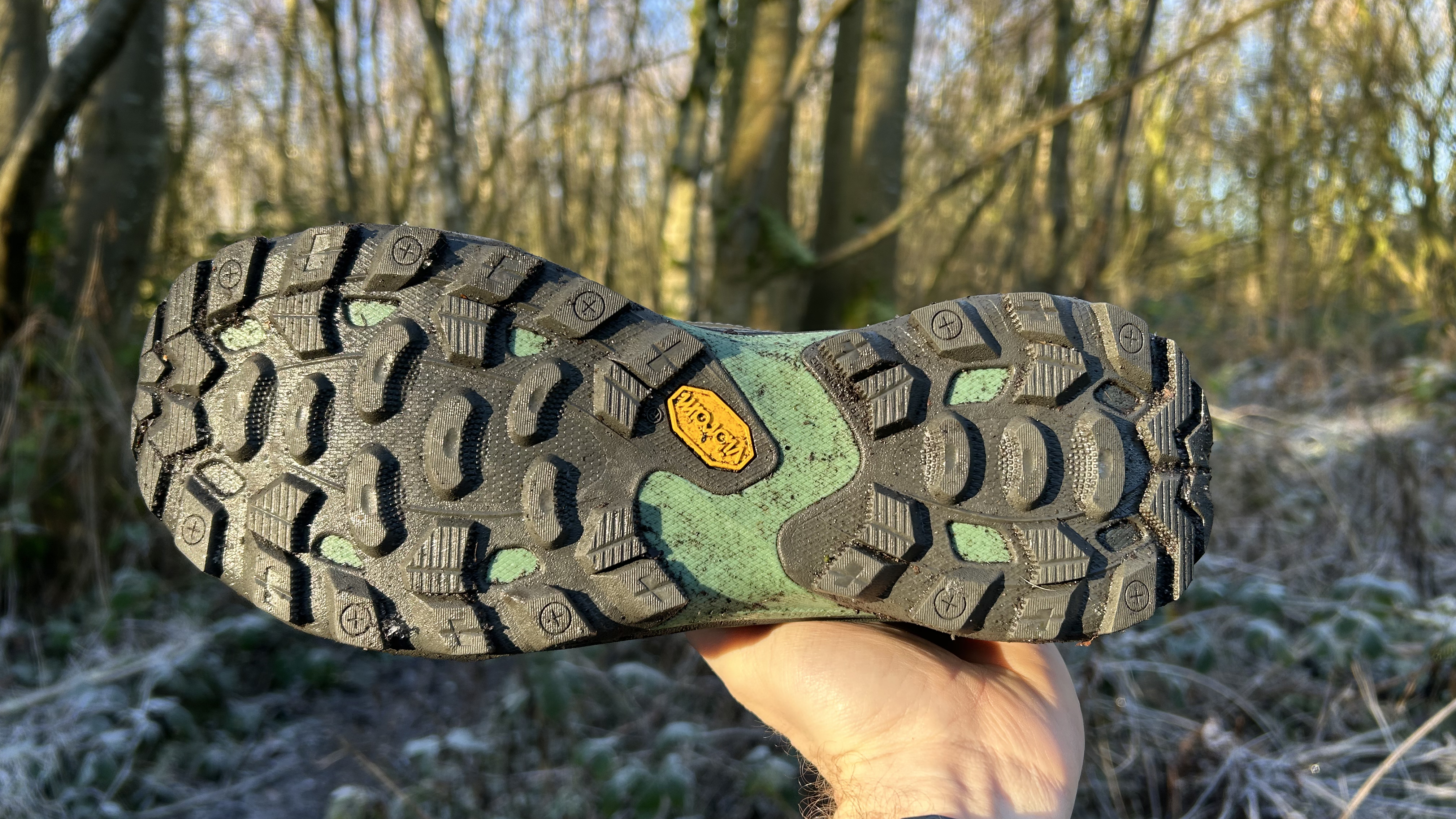
After working up a sweat, you can usually expect these kinds of shoes to get a little pongy. Not so, the Speed 2 Vent! Cleansport NXT pro-biotic treatment means that the fabrics are odor resistant. It makes use of selected microbes and bonds them to the surface of the shoe. Merrell claim it’s environmentally friendly and it should avoid the worst of the post-adventure pong.
On the trails
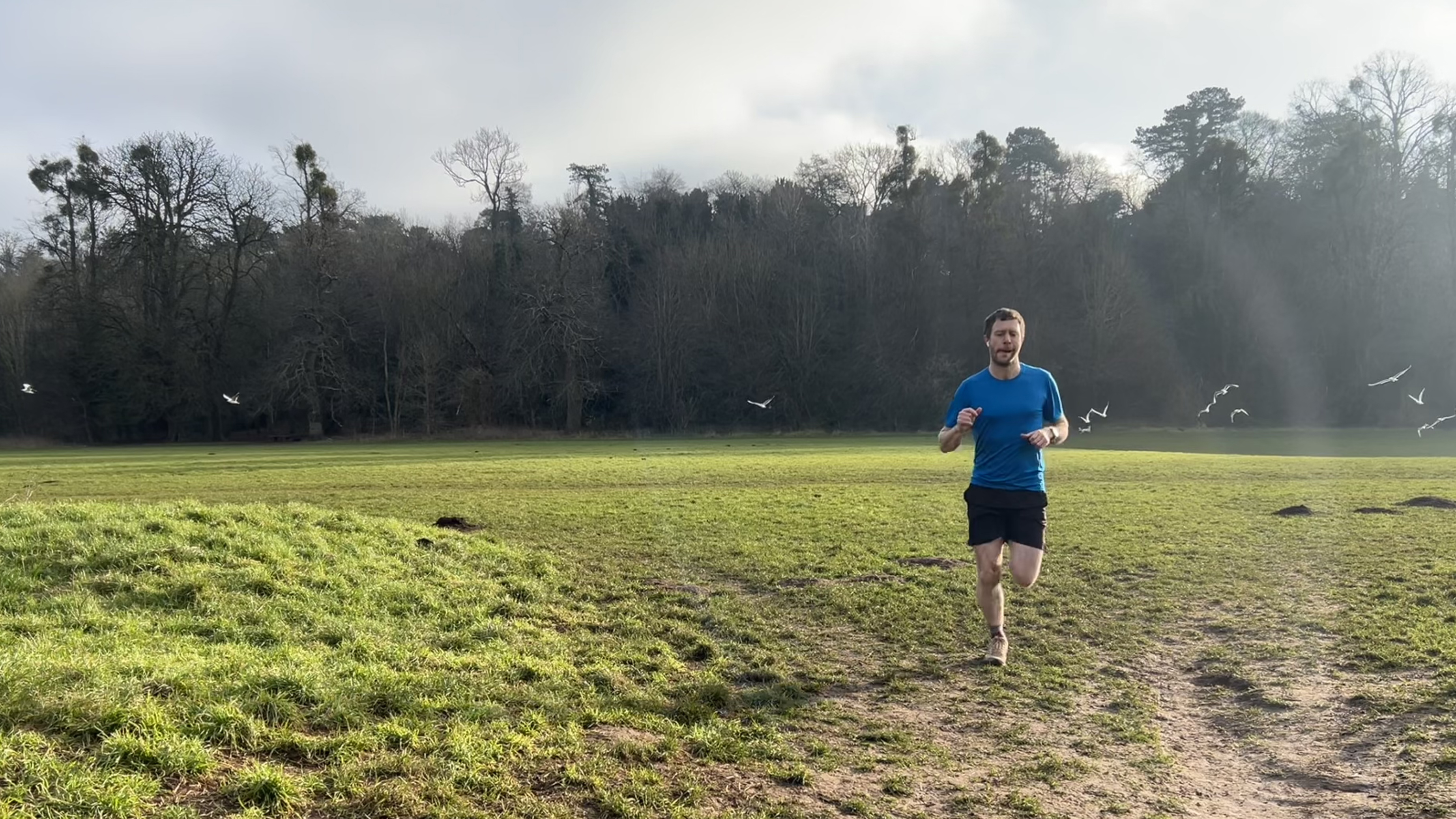
I’ve been testing the Speed 2 Vent as both a hiker and a runner on the trails of England’s southwest throughout fall and early winter. For me, it’s not a great trail running shoe. It’s too heavy, the cushioning is too extreme and it doesn’t grip muddy trails well enough. There’s no doubt it’d fare better in summer, but not enough to have me reaching for it over more specialized trail shoes. On a personal note, I tend to run in shoes with little or no drop, so the 10mm+ here felt really extreme, like I was being tipped forward the whole time.
To my mind, the shoe is much better as a lightweight hiker, providing comfort and decent performance on easy trails. As mentioned, the TC5+ outsole isn’t ideal for boggier terrain and it struggles on steep, earthy inclines too. Not only this, the lugs towards the heel have a habit of collecting mud, compromising the grip further.
All of this means it's best suited to drier environments and firmer terrain, such as gravel paths. I enjoyed walks in my local park and country ambles over the festive period with family. On these kinds of easier hikes, the Speed 2 Vents were preferable to bulkier hiking shoes or boots, thanks to their comfort and breathability.
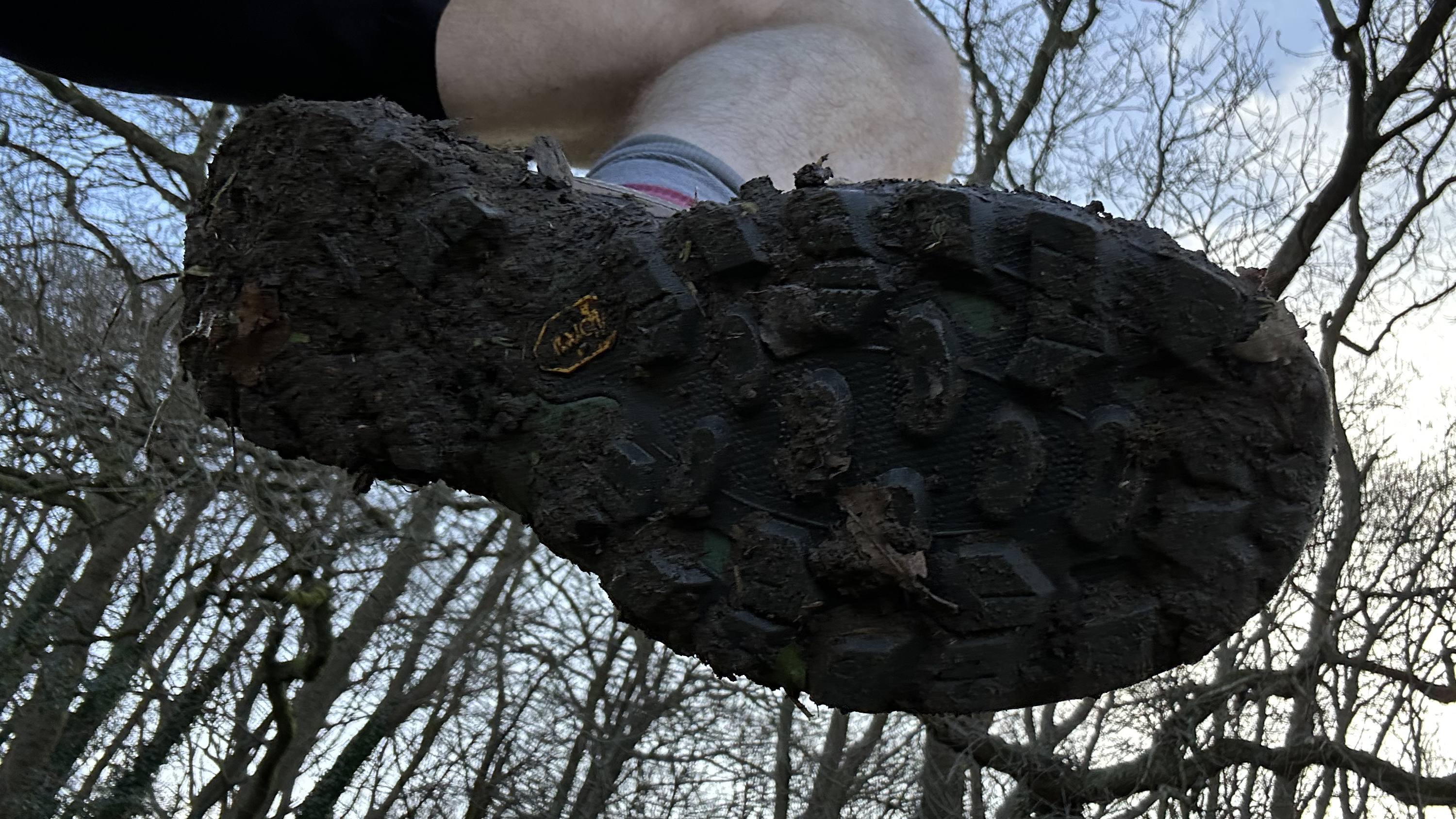
It's clear that breathability has been prioritized here over waterproof protection – hence the Vent in the name. There’s no Gore-Tex to keep the drink out but then the upper ventilates very well, better than it would if it had a waterproof membrane. This is the conundrum, the double-edged sword that all outdoor footwear designers must face. If you hike in wetter environments, it’s probably worth getting the Gore-Tex version, as the breathability payoff will be worth it, though I’d still be concerned about the outsole’s ability to grip the sloppier stuff.
Throughout the test period, I was impressed with the level of protection the Speed 2 Vents provide against rock abrasion and prickly undergrowth. The odor-resistant treatment also meant that they didn’t stink out the car after an outing too, always a bonus!

The Moab series is named after the Utah city on the edge of Arches National Park, a spectacular and, crucially, dry hiking environment. I’d much sooner wear the Speed 2 Vents for a speedy hike there then I would for a jaunt into the UK’s soggier uplands. The bottom line here is that these are nice hiking shoes that are best for dry adventures. For me, they're not trail running shoes but fast hikers that you can jog in should the mood take you while exploring the trails.
Alex is a freelance adventure writer and mountain leader with an insatiable passion for the mountains. A Cumbrian born and bred, his native English Lake District has a special place in his heart, though he is at least equally happy in North Wales, the Scottish Highlands or the European Alps. Through his hiking, mountaineering, climbing and trail running adventures, Alex aims to inspire others to get outdoors. He's the former President of the London Mountaineering Club, is training to become a winter mountain leader, looking to finally finish bagging all the Wainwright fells of the Lake District and is always keen to head to the 4,000-meter peaks of the Alps. www.alexfoxfield.com
